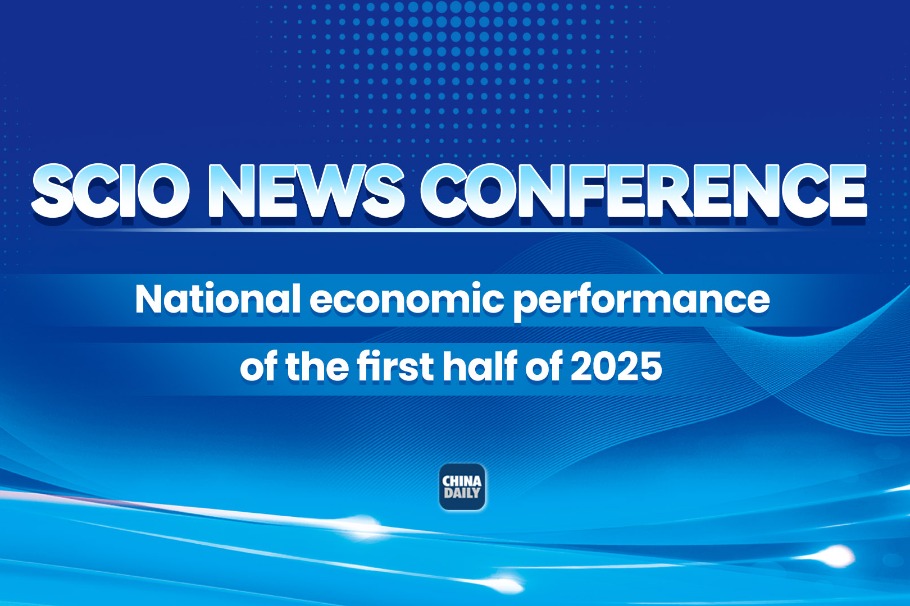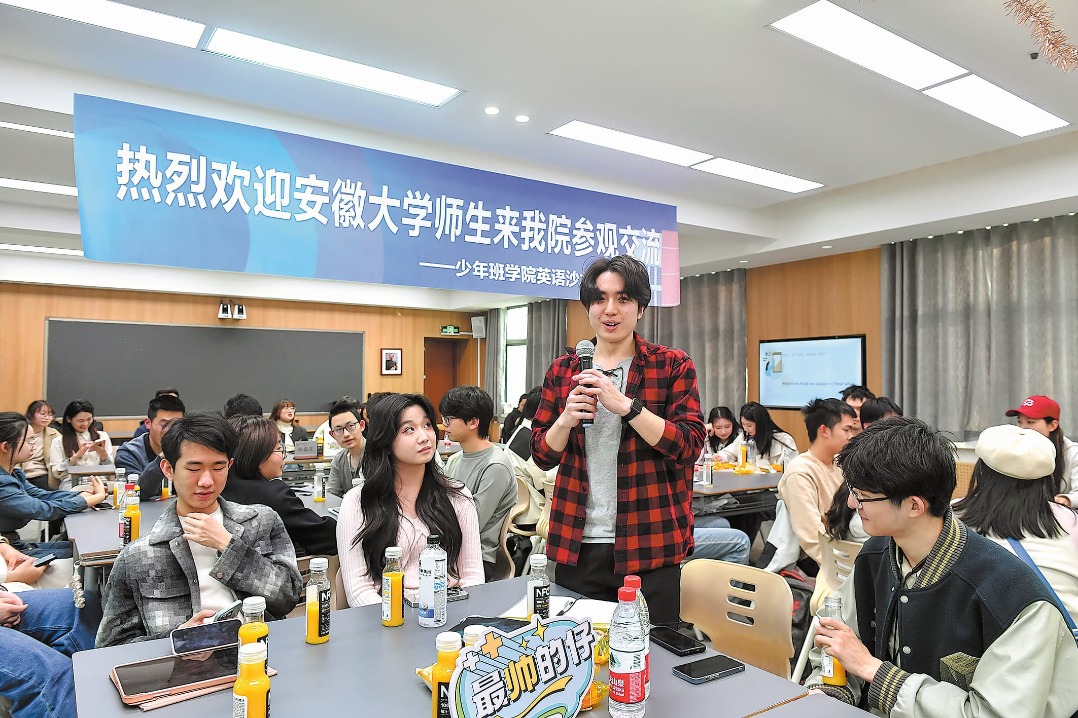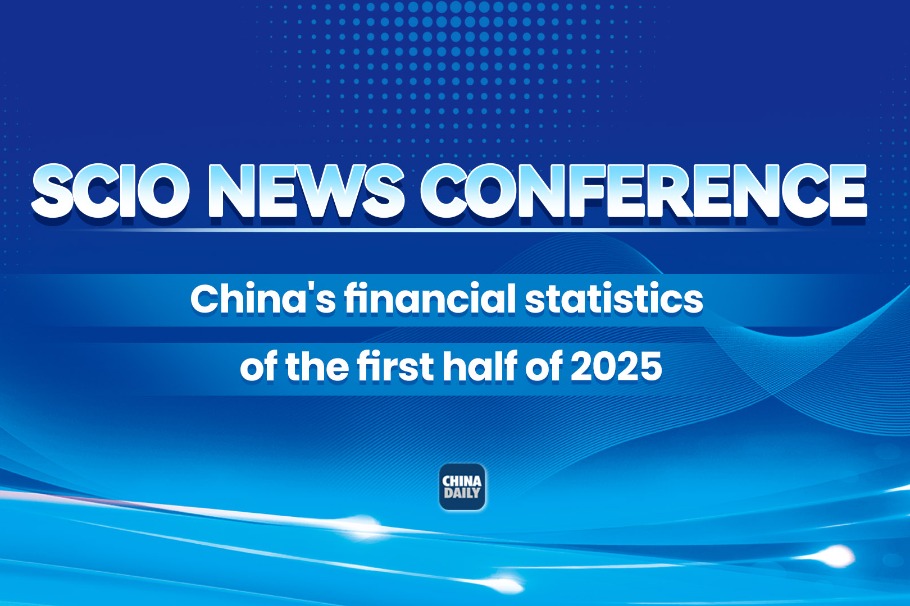Bigger health revolutions ahead with microRNA

This year's Nobel Prize in physiology or medicine was awarded to United States scientists Victor Ambros and Gary Ruvkun "for the discovery of microRNA and its role in post-transcriptional gene regulation", as announced in Stockholm on Monday.
Oswald Avery found in 1944 that DNA is the bearer of an organism's genetic code, which was elaborated upon later on by James Watson and Francis Crick, who showed the DNA molecule has a long double helix structure and the RNA molecule a long single helix structure, which are like encryptions which have a bearing on the traits of new lives.
That opened up the possibility of tweaking genes in order to get better vegetables, fruits and cattle species in a way much more efficient than in the past when people had no choice but to wait for generations for an improved variety to emerge.
More importantly, with the human genome map having been drawn in 2003, scientists have been developing drugs and coming up with treatments for diseases based on genetic studies. Unlike editing human embryo genes, which is illegal and unethical, studies show the possibility of curing diseases by tweaking DNA. CRISPR/Cas9, a tool that is also called "genetic scissors", is being used to treat cancer by removing genes or correcting mutations. CAR T-cell Therapy, an emerging immunotherapy that proved effective in fighting blood cancer in some patients in 2021, also involves gene technologies.
Ambros and Ruvkun's discovery of microRNA and its crucial role in genetic regulation will definitely lead to greater breakthroughs in medical science, bringing hope to more patients suffering from diseases that are considered fatal today. The 21st century is seen by many as the century of life science and the flourishing genetic science is proving that.
Today's Top News
- China reports 5.3% GDP growth in H1
- China handles 95 billion parcels in first half of year
- China, India vow to boost relationship
- Tips for expats to strike swifter friendships
- Digital initiative turns city into innovation hub
- AI enables sustainable energy transition






























